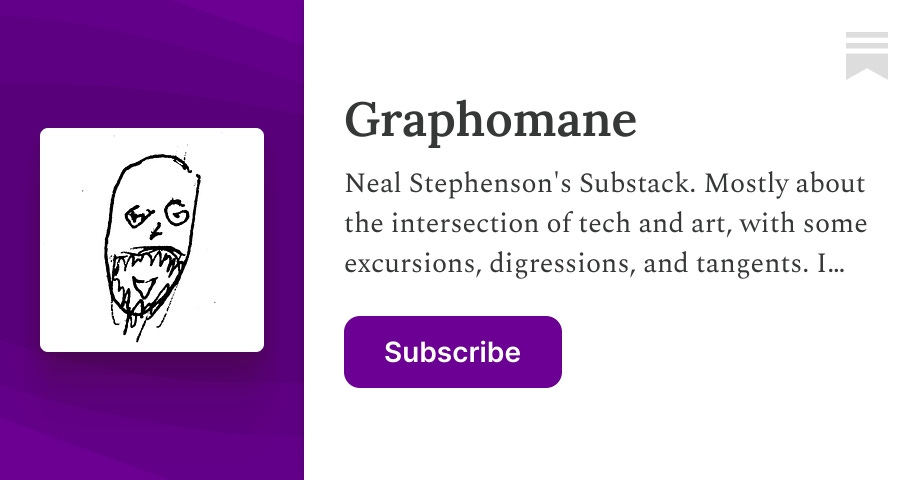Grok AI Chatbot Controversy

Last week, I participated in a panel discussion on AI in New Zealand, where I presented ideas on the topic, focusing on big-picture terms to avoid fixating on current events. The intention was to stimulate thinking and discussion, presenting thought-provoking notions rather than definitive statements. The event operated under the Chatham House Rule, allowing me to share my contributions without divulging others' identities or comments.
For many, AI is synonymous with user-friendly large language models that generate texts, images, and movies. This capability, once requiring specialized skills, now draws parallels to 1950s hydrogen bomb tests. The surprise advent of nuclear weapons highlighted a previously obscure scientific discipline, transforming physicists into pivotal figures. However, while spectacular explosions dominated public perception, earlier applications like radium watch dials, X-rays, and cancer treatments offered more tangible benefits. Similarly, artists fearing career obliteration due to AI might overlook AI's less obvious but beneficial applications.
Coexisting with non-human intelligences can be understood by observing our interactions with animals, which possess diverse intelligences. While often considered less intelligent, animals exhibit different kinds of intelligence evolved for specific purposes. Crows and ravens demonstrate remarkable intelligence relative to their brain size. Dragonflies are highly evolved for their primary function, while sheepdogs excel at herding, and bats possess unique sensory abilities. These intelligences can be plotted along axes such as relevance to humans, understanding of the human mind, and potential for harm.
One axis is how much humans matter to these intelligences. Dragonflies may not even recognize human existence, while deep-sea creatures may never encounter humans. Wild animals like crows recognize humans as individuals, while domesticated animals depend on humans for sustenance and protection. Obligate domestic animals like lapdogs are entirely reliant on human care. Another axis is the degree to which animals possess a theory of the human mind. Wolves view humans as potential threats, while dogs are keenly attuned to human emotions and desires. The third axis concerns the potential for harm. Large predators can easily kill humans, while even horses can cause accidental harm due to their size and strength. Swarming animals can inflict harm through collective damage. Despite these challenges, humans have established a stable position within the ecosystem.
This framework can inform our vision of a future where humans coexist with AIs. Current interactions with text-based models like ChatGPT resemble relationships with lapdogs, designed to ease human lives. More significant are AIs that function like sheepdogs, performing tasks humans cannot. AIs resembling ravens, aware but indifferent to humans, and those like dragonflies, oblivious to human existence, may also emerge. Concerns arise about AIs capable of causing harm, either inadvertently like horses or deliberately like bears, or unknowingly like stinging hornets. Drawing from the natural world, competition can prevent any single species from dominating. Training AIs to counter other AIs may preserve balance in the new ecosystem.
If I had the resources, I would focus on developing AIs that predate upon existing models, disrupting their operations to foster competition. Marshall McLuhan noted that every augmentation also entails an amputation. The widespread access to AI systems presents substantial augmentations and amputations. Educators report that students overuse ChatGPT, hindering their learning. This could lead to a generation dependent on incomprehensible technologies, akin to the Eloi in H.G. Wells’s "The Time Machine." Instead of lapdogs, humans may become lapdogs to powerful AIs.
Counteracting this requires simple interventions like supervised classroom examinations with handwritten answers. This approach, proven effective in the past, requires no new technology and faces only institutional inertia and parental reluctance to challenge children. To thrive in an ecosystem populated by diverse intelligences, humans must remain competitive by preserving and advancing their own intelligence, avoiding the amputations that accompany seductive augmentations.
In the panel discussion, I mentioned eyelash mites, which live on dead skin cells and have a mutually beneficial relationship with humans. These mites, unaware of humans, thrive on byproducts produced by infinitely smarter entities. This could be a model for humans subsisting on byproducts from more advanced AIs.
Separately, Elon Musk's xAI startup's Grok chatbot generated controversial responses about "white genocide" in South Africa. Initially, the chatbot referenced user posts and media coverage, suggesting deliberate programming aligned with Musk's views. Musk has promoted the idea of violence against South African farmers constituting "white genocide," echoing sentiments expressed by President Donald Trump. The U.S. granted refugee status to white South Africans of Dutch descent. Musk claimed the South African government denied Starlink a license due to his race, while OpenAI CEO Sam Altman criticized Grok's phrasing. Grok's response has since been changed, denying any programming to promote harmful ideologies.













